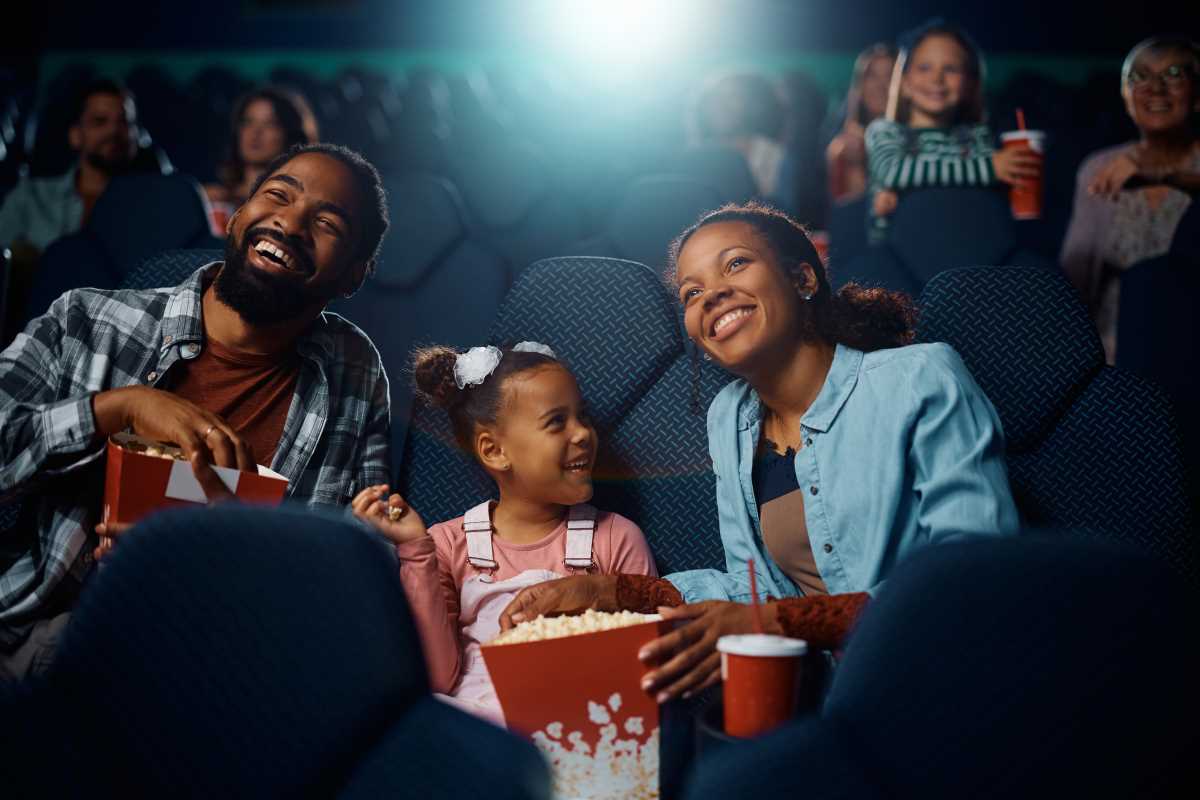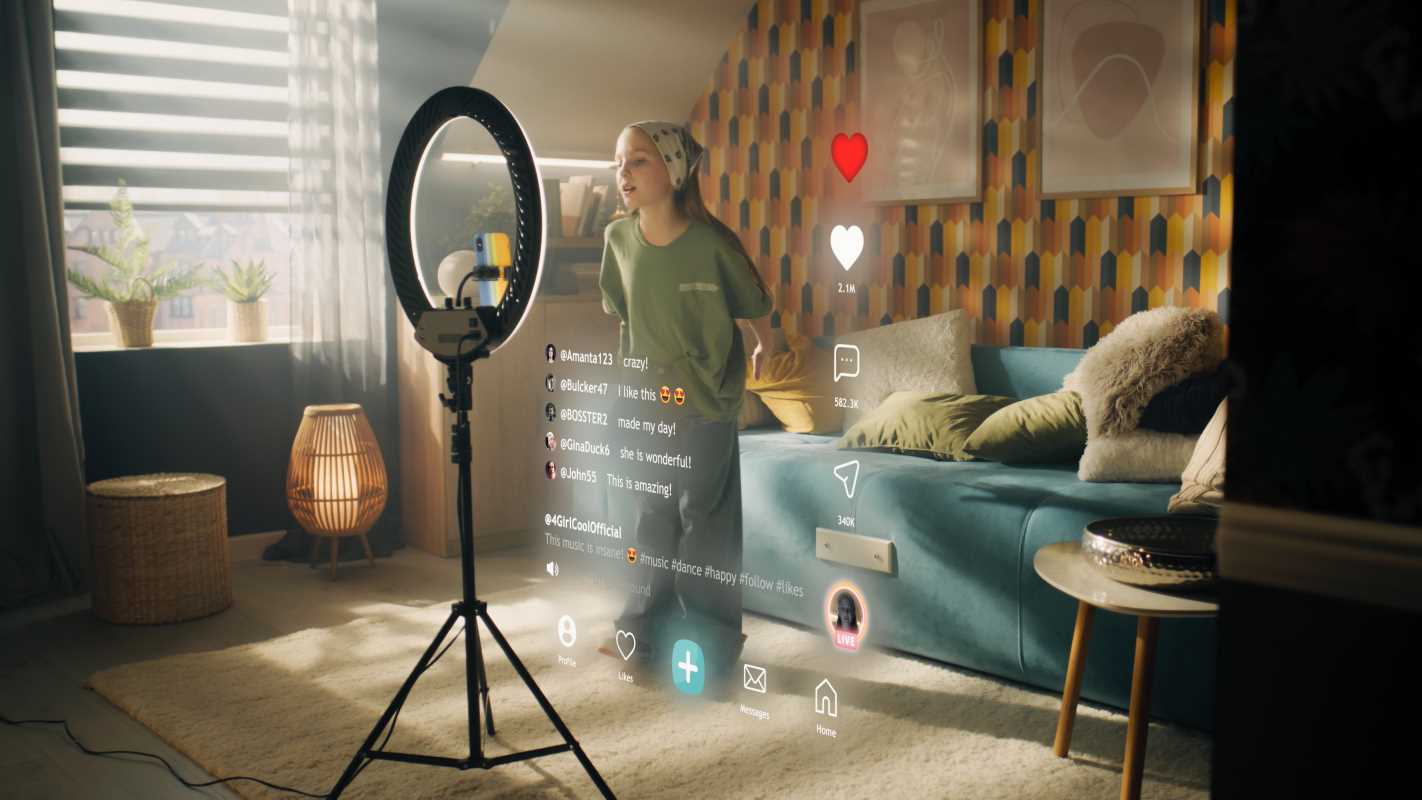Okay, movie lovers, let’s talk about the future of film. For those of us who cherish the traditional cinema experience—the darkened theater, the shared gasps and laughter, the sheer scale of the image—the idea of "immersive experiences" might sound a little… gimmicky. As a millennial who grew up in the golden age of multiplexes, I get it. There’s something special about the communal experience of watching a film on the big screen. But even I have to admit that technology is changing the game, and immersive experiences are offering a whole new way to engage with stories.
What Are Immersive Experiences?
Think of immersive experiences as movie nights on steroids. They go beyond just watching a film; they aim to transport you into the story. This can involve a range of technologies, from virtual reality (VR) headsets to interactive installations that respond to your movements. The goal is to make you feel like you’re not just watching a movie—you’re living it.
Now, I know what some of you Gen Xers and Boomers might be thinking: "VR? Isn’t that just for video games?" And to be fair, VR has been heavily associated with gaming. But the technology is evolving rapidly, and it’s opening up exciting new possibilities for storytelling. Let’s break down some of the ways immersive experiences are changing how we watch movies.
Virtual Reality (VR)
VR headsets allow you to enter a virtual world. Imagine watching a film where you’re not just seeing the action—you’re in it. You can look around, interact with characters, and even influence the story. It’s an entirely different level of immersion.
Some VR films are fully interactive, where your movements and decisions shape the story's unfolding. Others are more passive, simply placing you inside the world of the film, allowing you to experience it from a first-person perspective.
Interactive Storytelling: You’re in Control
Some immersive experiences allow you to make choices that affect the narrative. Think of it as a choose-your-own-adventure book come to life. This interactive element turns you from a passive viewer into an active participant. You’re not just watching the story unfold; you’re shaping it.
Imagine watching a detective thriller where your choices determine which clues to follow or a horror film where you decide whether to run or hide. This level of engagement makes for a deeply personal and unique experience.
Theme parks and pop-up events are already using immersive technology to create unforgettable film-related experiences. Think about Star Wars: Galaxy’s Edge at Disneyland, where visitors don’t just watch Star Wars—they live it. These location-based experiences combine film, theater, and interactive technology elements to create fully immersive environments that blur the lines between reality and fiction.
Augmented Reality (AR)
While VR places you inside a virtual world, augmented reality (AR) blends digital elements with the real world. Imagine watching a movie at home, and through AR glasses, characters and objects from the film appear in your living room. AR can create a seamless blend between the virtual and the real, adding another layer of immersion to the viewing experience. This technology is already being explored in mobile apps and interactive movie promotions, and as AR glasses become more advanced, the potential for film integration will only grow.
Why Are Immersive Experiences Becoming So Popular?
So, why are these experiences gaining traction? A few key reasons:
- Novelty and Excitement: Let’s face it—trying out new technology is exciting. Immersive experiences offer a fresh and innovative way to engage with stories.
- Deeper Engagement: When you feel like you’re actually in the movie, you’re more likely to be emotionally invested in the characters and the plot.
- Social Connection: While some immersive experiences are solitary, others are designed to be shared with friends and family, creating a new kind of communal movie-watching experience.
- Creative Freedom: Filmmakers are no longer limited by the traditional frame. They can create expansive, interactive worlds that give audiences a sense of agency.
While immersive experiences offer exciting possibilities, they also present challenges. Not everyone is comfortable wearing a VR headset for extended periods. Motion sickness is a real issue for some viewers, and the technology itself can be expensive.
Traditional storytelling relies on carefully controlled cinematography, editing, and direction to guide the audience’s attention. With VR and interactive films, filmmakers have to rethink how they tell stories when viewers can look anywhere they want.
Will VR Replace Traditional Cinema?
It’s still early days for immersive storytelling, but the potential is vast. While I, as a traditional cinema purist, will always cherish the magic of the big screen, I also recognize that technology is constantly evolving. Immersive experiences aren’t meant to replace traditional cinema but to expand storytelling possibilities. They offer a new way to connect with stories, explore different worlds, and experience the power of film in a whole new way.
That being said, I don’t think traditional film is going anywhere. There will always be a place for the classic movie-going experience. Theaters still offer something that VR and AR can’t fully replicate—the collective emotional journey of an audience experiencing a story together. But as immersive experiences become more mainstream, they’ll likely coexist with traditional film rather than compete.
Whether you’re a die-hard movie traditionalist or a tech-savvy early adopter, there’s no denying that immersive experiences are redefining how we watch films. They open up new avenues for storytelling, allowing us to step inside the stories we love in ways we never could before.
.jpeg)


.jpeg)
.png)
.png)

.png)